Engineering and Technology
Explore Engineering and Technology

Dr. Kai Hilpert | AI-Powered Prediction of Antimicrobial Peptides in Human Serum: A New Strategy Against Resistant Bacteria
In the 20th century, antibiotics transformed medicine. Infections that once killed millions could be cured with a pill or injection. Surgeries became safer, cancer treatments more effective, and advanced medical interventions, such as organ transplants, became possible, all because doctors could rely on these drugs to control infections. Unfortunately, today, that foundation is crumbling. Bacteria are evolving faster than medicine can keep up. Common antibiotics are failing, and infections that were once easily treatable are becoming deadly again. In 2019 alone, antimicrobial resistance was linked to nearly five million deaths worldwide, making it deadlier than HIV or malaria. The economic cost is equally staggering: the World Bank warns of trillions lost in global productivity and millions pushed into poverty if nothing changes. This crisis, caused by antimicrobial resistance, has been described as a “silent pandemic.” Unlike a sudden outbreak, it spreads quietly, making routine medical care slightly more dangerous each year. Yet amid this grim outlook, new research is opening a window of hope. At the forefront of new innovations in this area are Dr. Kai Hilpert of City St George’s, University of London, and his colleagues, who are pioneering an approach that combines biology, chemistry, and artificial intelligence to reinvent how we discover infection-fighting medicines. Their work has been recognised with a prestigious award from the UK’s Biotechnology and Biological Sciences Research Council, BBSRC.
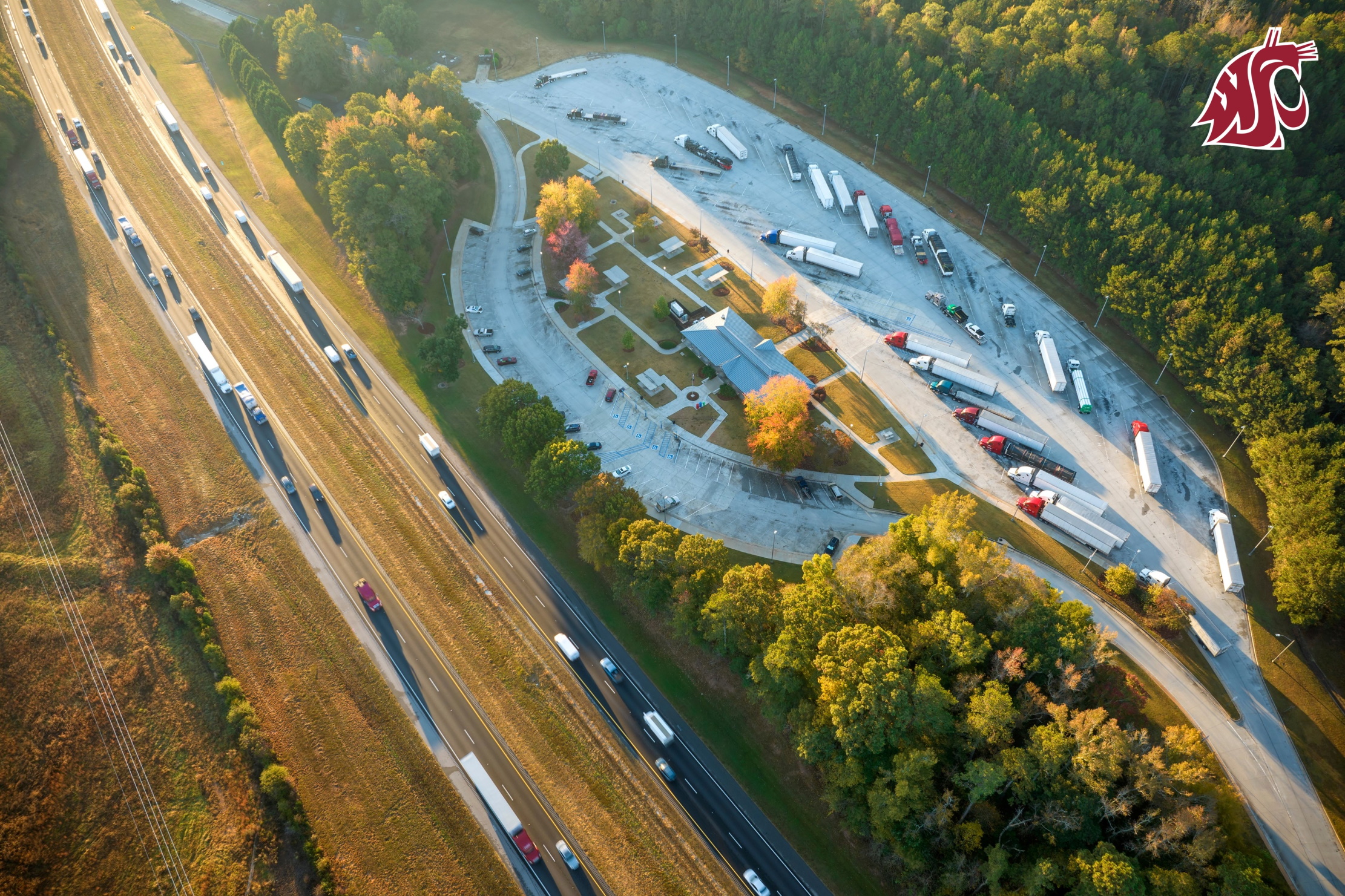
Dr. Kishor Shrestha | Rethinking the costs of highway rest areas
Operating and maintaining highway rest areas across the United States has long posed a costly challenge for state transportation departments, especially amid tightening budgets and rising demand. In a new study, Dr. Kishor Shrestha, associate professor at Washington State University finds that one outsourcing method known as method-based contracting is significantly more cost-effective than its two main alternatives. The results offer transport officials a clearer path forward for running rest areas more efficiently, and could help to preventing costly, potentially dangerous closures in the future.
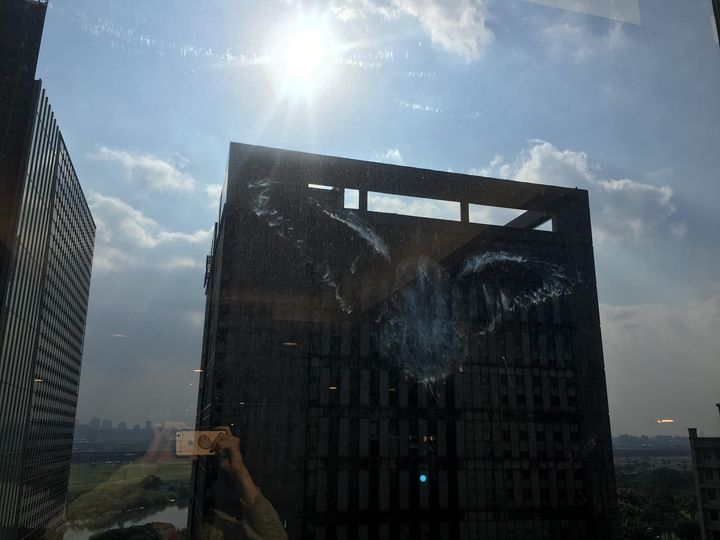
Chi-Heng Hsieh | Feathered Casualties and Digital Clues: How Citizen Science is Helping Save Birds from Deadly Collisions
By now, most of us are familiar with stories of wildlife interacting with the modern world, often with unfortunate consequences. Examples include urban foxes struck by vehicles, bears rummaging through trash, and sea turtles entangled in plastic. But there’s a quieter, often unseen danger that claims hundreds of millions of bird lives each year. This is the common window, a source of light for us, but potentially deadly for unsuspecting birds on the wing. Bird-window collisions (or BWCs for short) are a global phenomenon and a growing conservation concern. Birds in flight often fail to perceive clear or reflective glass as a barrier, leading to fatal crashes into windows, especially on modern buildings. Until recently, tracking the scope of this problem, especially in tropical and subtropical regions, has proven difficult. Traditional monitoring methods require trained observers, time-consuming surveys, and, critically, access to fresh bird carcasses, which can vanish quickly in warm, scavenger-rich environments. But in Taiwan, an innovative approach is offering new hope, and it’s coming from an unexpected place: social media.

Dr. Jon Reinders | A genetic breakthrough for farming: editing corn inside the plant, not the lab
Corn is a cornerstone of modern agricultural food production, particularly in North America. Humans have selectively bred such crops over generations to create better yields, improved appearance and flavor and enhanced disease resistance. However, what if we could skip these arduous rounds of selective breeding and improve a crop’s stability and reliability regardless? Deep within the genetic blueprint of every maize kernel, scientists are aiming to achieve just this. In a recent groundbreaking study, Dr. Jon Reinders of Corteva Agriscience and his colleagues have unveiled a powerful new way to create genetically improved corn, not in a lab dish, but inside the plant itself. This new method is faster, cleaner, safer, and could transform how we grow our most essential crops.

Associate Professor Nina Tahmasebi | A new approach for detecting changes in word meaning over time
Words change their meanings over time, but tracking these changes has traditionally required painstaking manual analysis by linguists. In recent years, researchers have been using computational models to automatically detect when semantic change happens, and how much of a change has occurred. Recent research led by Associate Professor Nina Tahmasebi and her colleagues in the Change is Key! program introduces innovative computational methods for detecting qualitative features of semantic change, opening new possibilities for understanding language evolution at scale.

Do Security and Regulation Failures Put Women’s Health Data, Their Privacy and Even Their Safety at Risk?
Recent research from Professor Maryam Mehrnezhad at the Information Security Department, Royal Holloway University of London and a team of researchers reveals widespread privacy, security and regulatory failings in female-oriented health technologies (also known as FemTech). The researchers’ comprehensive analysis demonstrates how current practices leave sensitive health information vulnerable, while highlighting an urgent need for reform across technical, legal and social dimensions of digital healthcare.

Dr. Luc Raijmakers | Comparing Simplified Physics-Based Models for Lithium-Ion Batteries
In order to operate safely and efficiently, lithium-ion batteries rely on battery management systems to monitor their state and to control their operation. An essential part of this process is modelling battery behaviour under different conditions to predict performance and prevent failures. To do this efficiently, it is crucial to simplify the underlying physical processes, while sacrificing as little accuracy as possible. Through their research, Dr. Luc Raijmakers and colleagues at the Jülich Research Centre, Germany, compare various different approaches to simplifying simulations. Their results could make it easier for battery operators to decide which approach is best suited to their requirements for accuracy and computational efficiency.
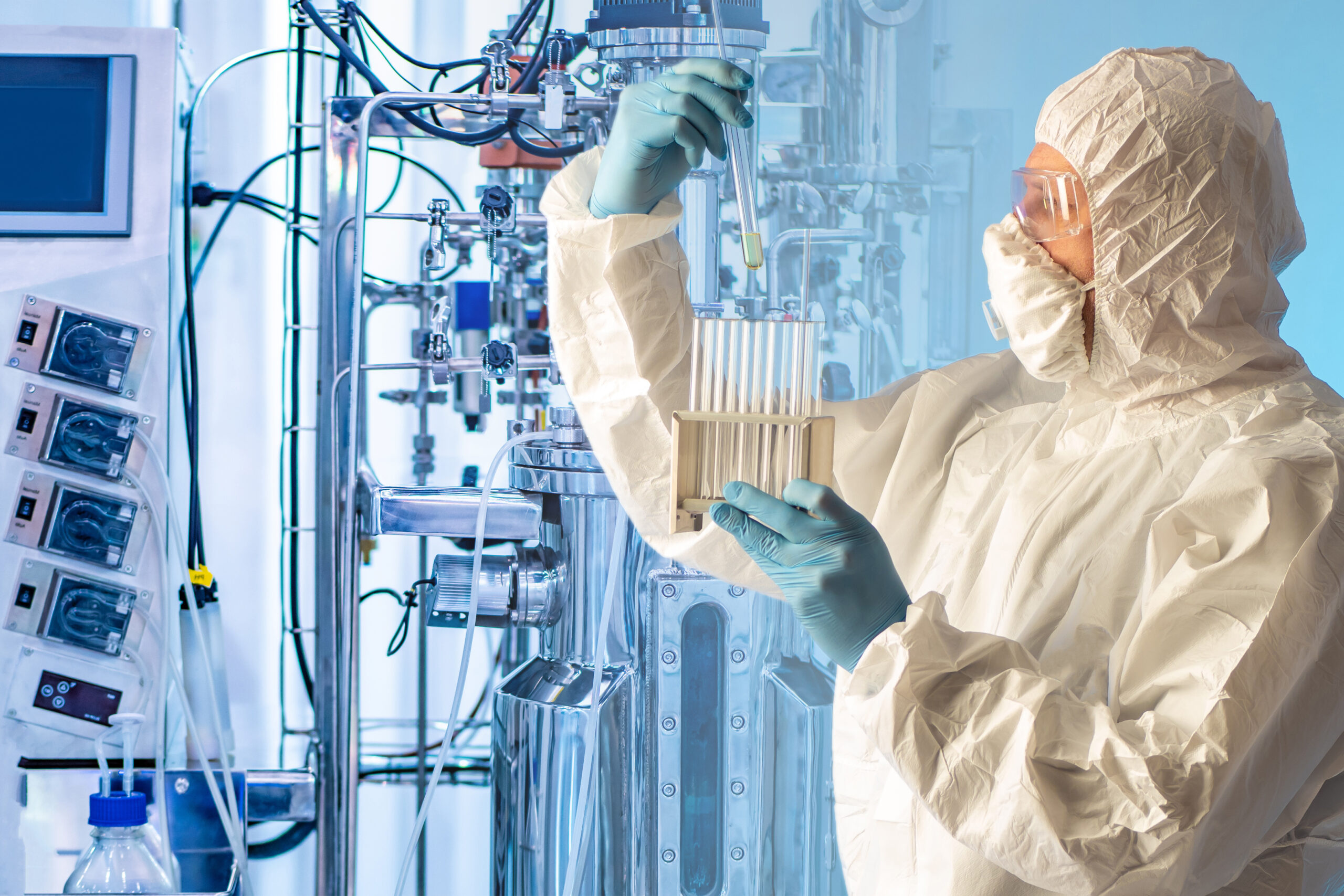
Dr Patrick O’Neill | Revolutionising Pharmaceutical Synthesis with Continuous Flow Chemistry
Dr Patrick O’Neill of Pfizer, Ireland, and Professor Jie Wu of the National University of Singapore, and their team, have made groundbreaking advancements in the synthesis of 1,2,3-triazole – a key building block in the manufacture of a life-saving antibiotic. Replacing traditional batch processes, they developed a safer, more efficient method using continuous flow chemistry, which addresses potential global supply chain vulnerabilities. This innovative approach eliminates hazardous intermediates, improves reaction safety, and ensures a stable supply of 1,2,3-triazole for global pharmaceutical production.
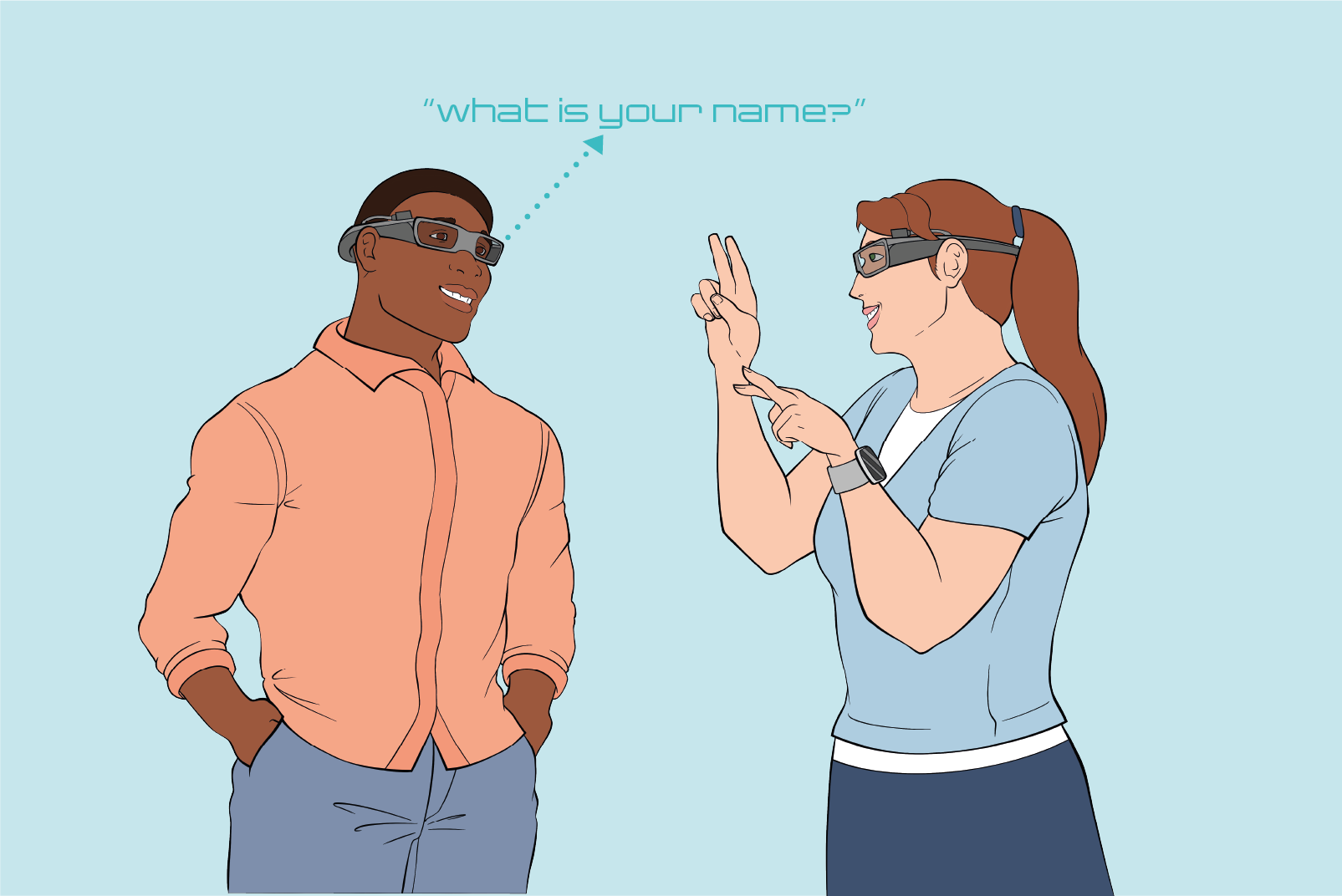
Dr Ramtin Zand | A Hybrid System for Real-Time Sign Language Translation
Neuromorphic computing is a powerful tool for identifying time-varying patterns, but is often less effective than some AI-based techniques for more complex tasks. Researchers at the iCAS Lab directed by Ramtin Zand at the University of South Carolina, work on an NSF CAREER project to show how the capabilities of neuromorphic systems could be improved by blending them with specialized machine learning systems, without sacrificing their impressive energy efficiency. Using their approach, the team aims to show how the gestures of American Sign Language could be instantly translated into written and spoken language.
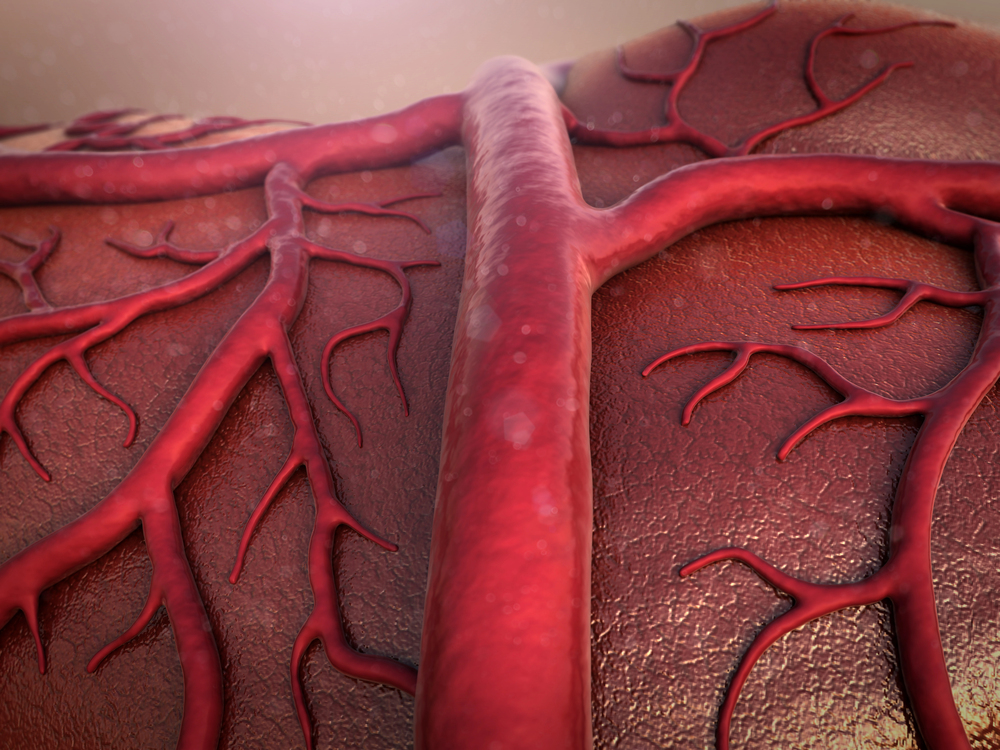
Dr. Mingjun Xie | A Blueprint for Life: Creating Blood Vessels in Bioprinted Tissues
A future where injured or diseased organs can be removed and replaced with new lab-printed tissues that are customized specifically for each patient is not as far away as you might think. These functional and living tissues could grow naturally within the body, and repair and sustain themselves over time. While these concepts were once in the realm of science fiction, advances in bioprinting, which is a form of 3D printing using biological “inks” (known as bioinks) loaded with living cells, are bringing them closer to reality. Among the researchers advancing this field is Dr. Mingjun Xie of Zhejiang University, China, and colleagues, who are performing work that addresses a significant challenge in bioprinting. This involves creating large portions of tissues that have a functional vasculature, thereby mimicking the complexity of native tissues and organs.
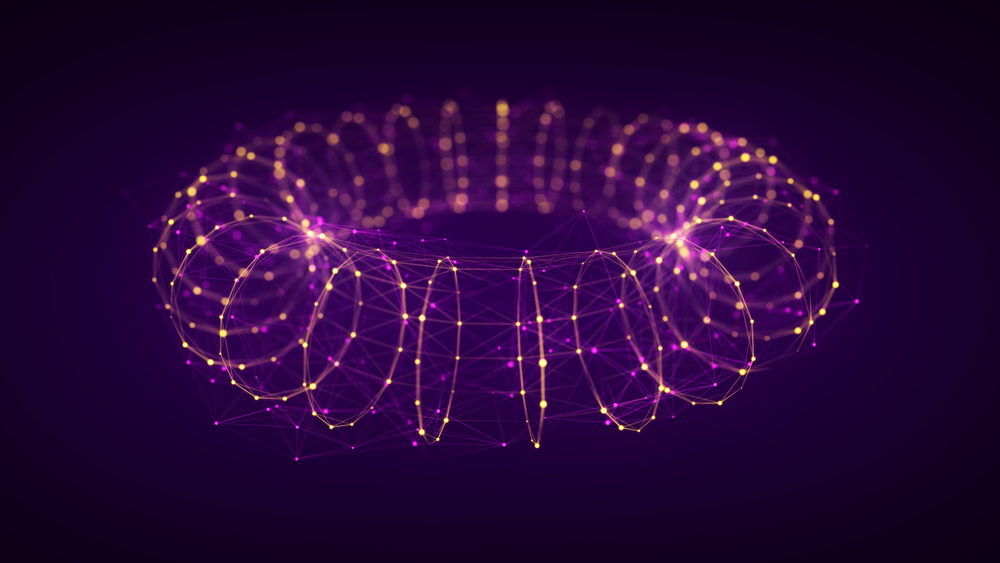
Professor Christophe Ley | Spotting relationships in complex angular datasets
Data involving angles can be found across a diverse array of scientific fields, but so far, the mathematical tools used to study them have often proved insufficient to detect the complex relationships between different angles within large datasets. Through its research, a team consisting of Professor Christophe Ley and Sophia Loizidou from the University of Luxembourg, Professor Shogo Kato from the Institute of Statistical Mathematics in Tokyo, and Professor Kanti Mardia from the University of Leeds, has developed a new model which overcomes many of these challenges: allowing the researchers to study relationships between three angles at once, as well as mixtures of angles and classical measurements on the line.
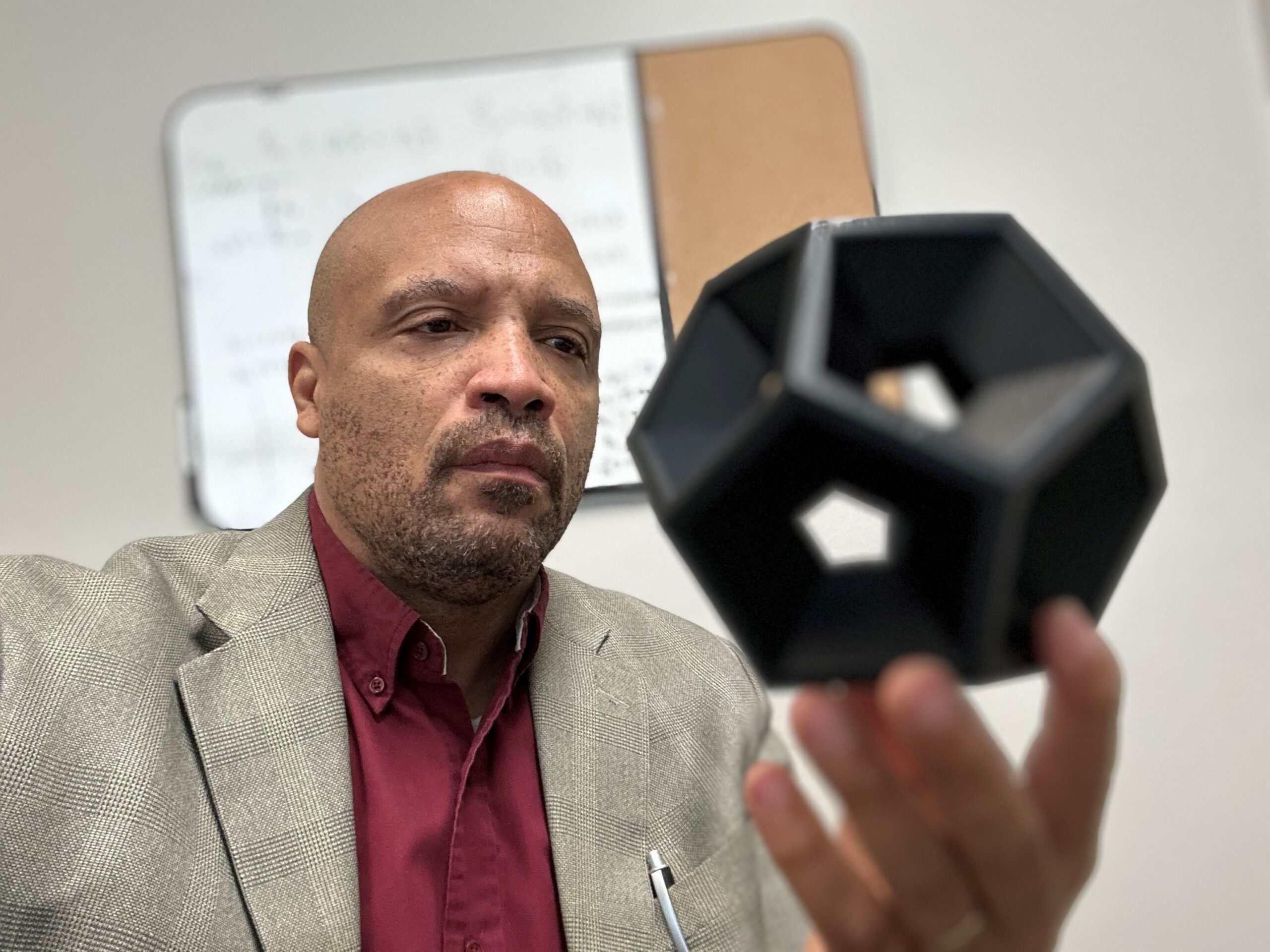
Dr. Chance Glenn | Could extreme electric fields make the warp drive a reality?
For decades, works of science fiction have explored how the universe’s most fundamental speed limit could be broken by warping the fabric of spacetime. Through his experiments, Dr. Chance Glenn, founder of Morningbird Space Corporation, believes he may have discovered how spacetime can be distorted by extreme electric fields, which can be easily created in the lab. If his theory is correct, it would mean that the concept of ‘warp drives’ which allow us to travel at faster than the speed of light could be more feasible than we once thought.
